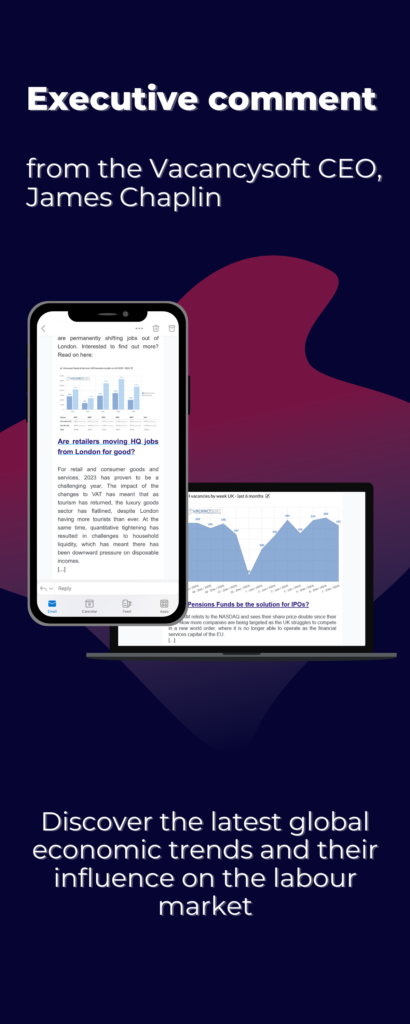
It is said that if a business does not have a strategy, then success becomes a function of luck, where over time as that runs out, so the business will fail. With that though, the following questions spring to mind. How should I formulate a strategy for my business and what should I do if it is not working?
First of all, remember, a strategy can start by being nothing more than a document that outlines what you want to achieve over a period of time and how you plan to do it. In this you should outline:
What is the size of your current marketplace in monetary terms? (The way to calculate this would be to say, for example, if we are a specialist property recruiter for architects, if per year there are 1000 vacancies that appear in the market, and each would constitute a £10k fee, then the total size of the market would be £10m. What are your billings and how do they compare against that.
What is happening to the market? How has it changed year on year? For example, IT Security recruiters know that 5 years ago the market was considerably smaller than it is now. What do you think is happening in your sector? How is that then reflected in your own performance? To what extent have you been outperforming the market?
As part of this, integrate SWOT analysis to help you think through market opportunities and threats, and how your strengths and weaknesses play within this paradigm.
It starts though with a question. What is it you want to then achieve in this market over the next say 12 months? For example, if you want to double your billings, how will you do this? From new clients or existing ones? If you are going to look to win new clients, what is your BD process? How can it be optimised? Who is responsible for it? How are they supported? Similarly, if you are going to look to bill more to existing clients, how exposed will you be if one suddenly drops out? To what extent will that hamper your plans? What will that then mean in terms of your operational team? Who will need to be responsible for what? Do you have the right staff in place? If not, when do you need to hire for them? the questions continue.
As you can see, very quickly what happens as you start drafting your document, is that for every statement you make, you end up having questions that need to be answered. This then leads into the second phase of a strategy document, where you take your first draft, and you circulate it amongst your management team. Ask them to give feedback in terms of questions. What isn’t clear? What needs clarity or a deeper level of exposition? As you gather feedback from your team, incorporate it and write up a second draft. This process shouldn’t take long but means that by the time you have finished, you have a document where your team have had the opportunity to pinpoint issues they see with the strategy, which enables greater alignment within the team.
For a small business a 12 month strategy is probably sufficient, market conditions are dynamic so doing a 12 month strategy annually helps you understand your own forecasting and planning, also forces you to be objective in your ambitions. Burning out your team with unrealistic expectations can be a fast way to demoralise your team.
But what to do if your find your strategy is not working? In the first instance go back to first principles. Your starting document was based on assumptions. These included assumptions about:
- Market conditions
- Market growth
- Resource requirements
- Client demand
- Target client demand
- Etc etc
Work through your assumptions systematically and see which ones have transpired differently to how you imagined. With that, determine what you need to do as a next step. Does this mean you need to change strategy or is it a case of being patient? Sometimes you need to work through the period to see whether the strategy was workable. Other times though making a hard change can make sense. For example:
- Market conditions change – say after the global financial crisis any banking recruiter would have had to adapt their strategy
- Clients changing their own strategy – if you have a whale client who suddenly shifts direction, be aware of it and be prepared to change your own
- Key personnel change – if your strategy is contingent on certain personnel internally who suddenly are not working with you, then be prepared to rewrite the strategy and reset expectations as a result.
For recruiters, Vacancy data provides a unique way to map out client strategy, which can help you to see if your plan is on track. Using Vacancy Analytics, you can see where clients are hiring by area and function, and just as importantly where they are shifting hiring to. To find out more, contact support@vacancysoft.com



